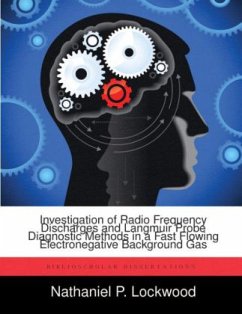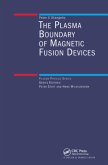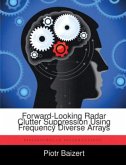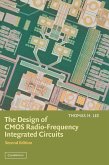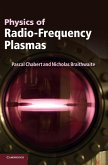Discharges in a flowing background gas are used to produce charged and excited species for numerous applications including etching semiconductors and pumping gas discharge lasers (Pinhero and others, 1998). The effect of a flowing background gas on the charged and excited neutral species generation by an RF discharge in a flow tube and the diagnostics of the resulting plasma with a Langmuir probe have been investigated for pressures between 0.001 to 1 Torr and flow velocities up to 1000 m/s. This investigation was performed using a fluid method coupled to a chemical kinetic model and a hybrid Particle-In-Cell/Monte Carlo Collision modeling method based on the approaches of Boeuf, 1987 and Cartwright and others, 2000. A factor of two reduction in the sheath length was realized for an increase in flow velocity from 25 m/s to 500 m/s. This resulted in an increased average ionization rate and factor of ten increases in positive and negative ion densities, while the electron densitiesremained approximately constant. At pressures less than 0.01 Torr, existing probe theory was adequate for performing diagnostics, however, at pressures of 1 Torr convection limited probe theory underestimated the positive ion density of the flowing electronegative plasma by up to 50%.
Hinweis: Dieser Artikel kann nur an eine deutsche Lieferadresse ausgeliefert werden.
Hinweis: Dieser Artikel kann nur an eine deutsche Lieferadresse ausgeliefert werden.

